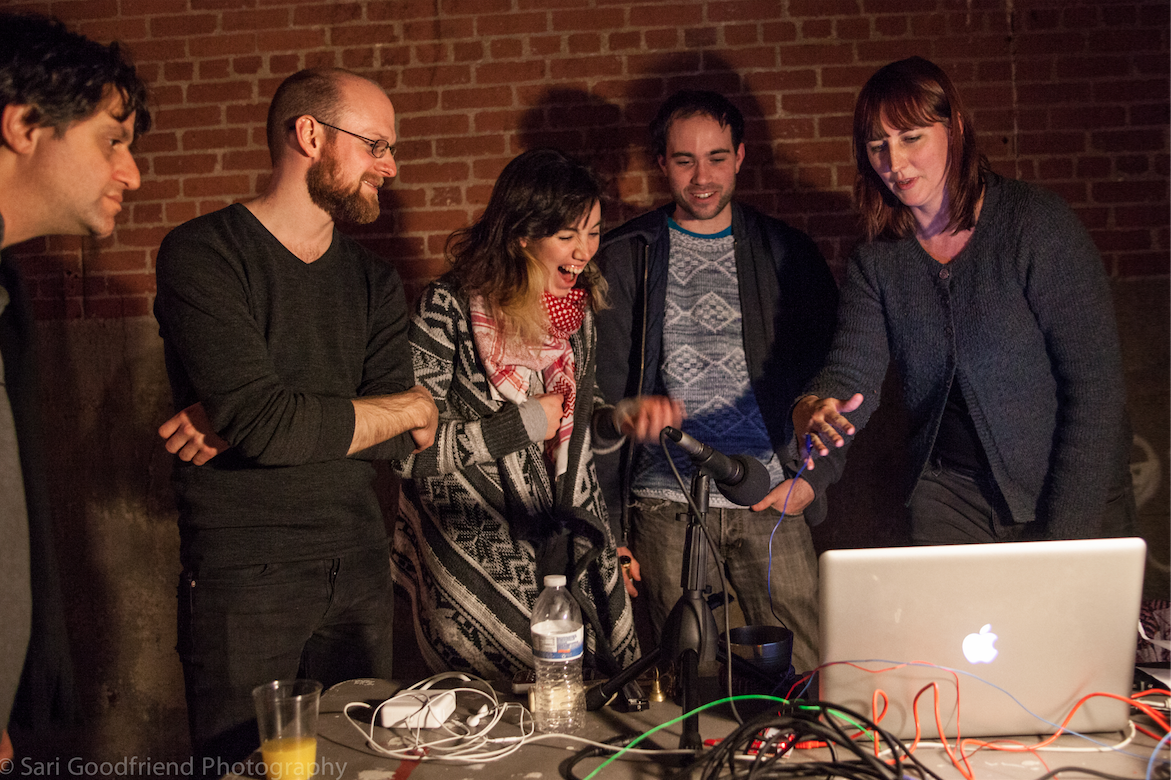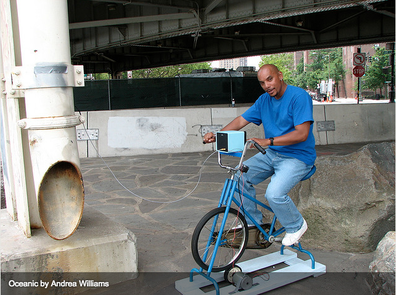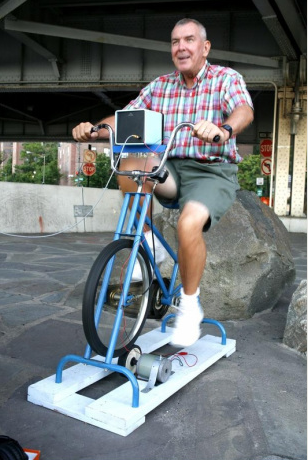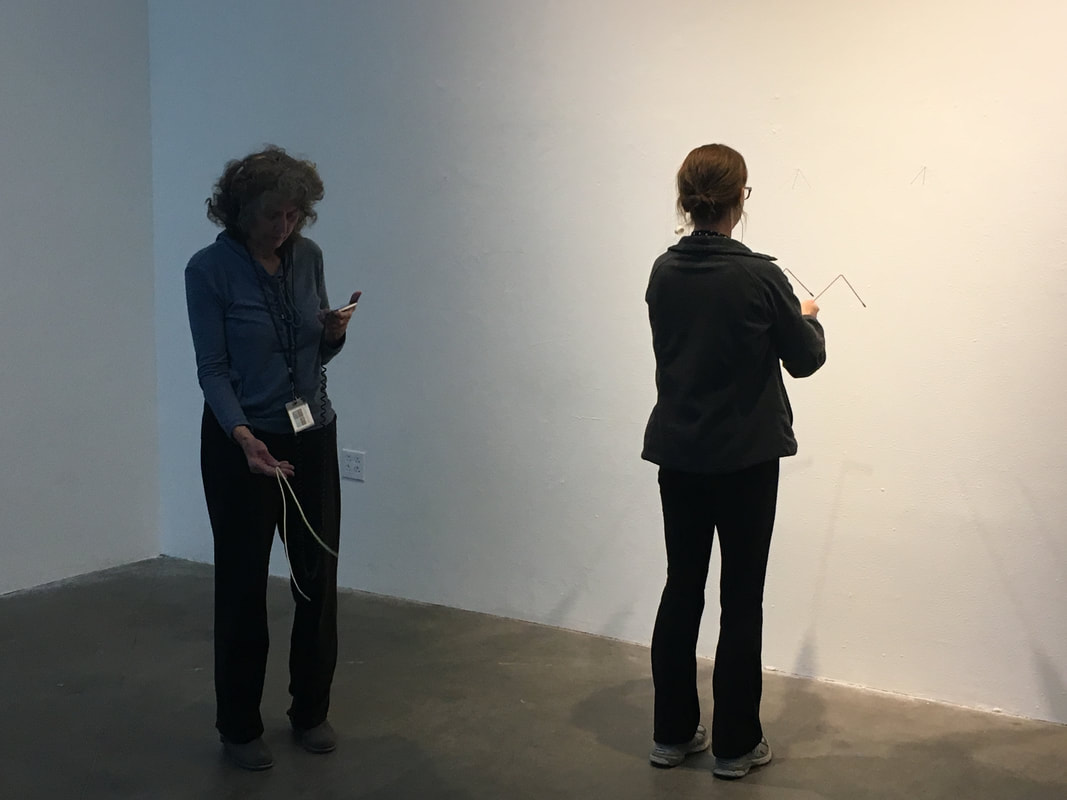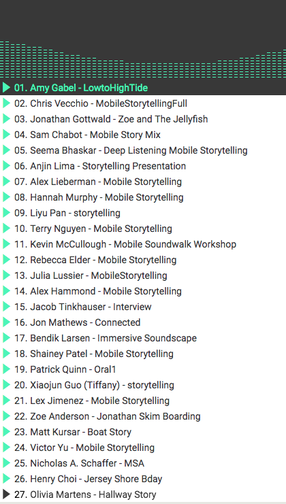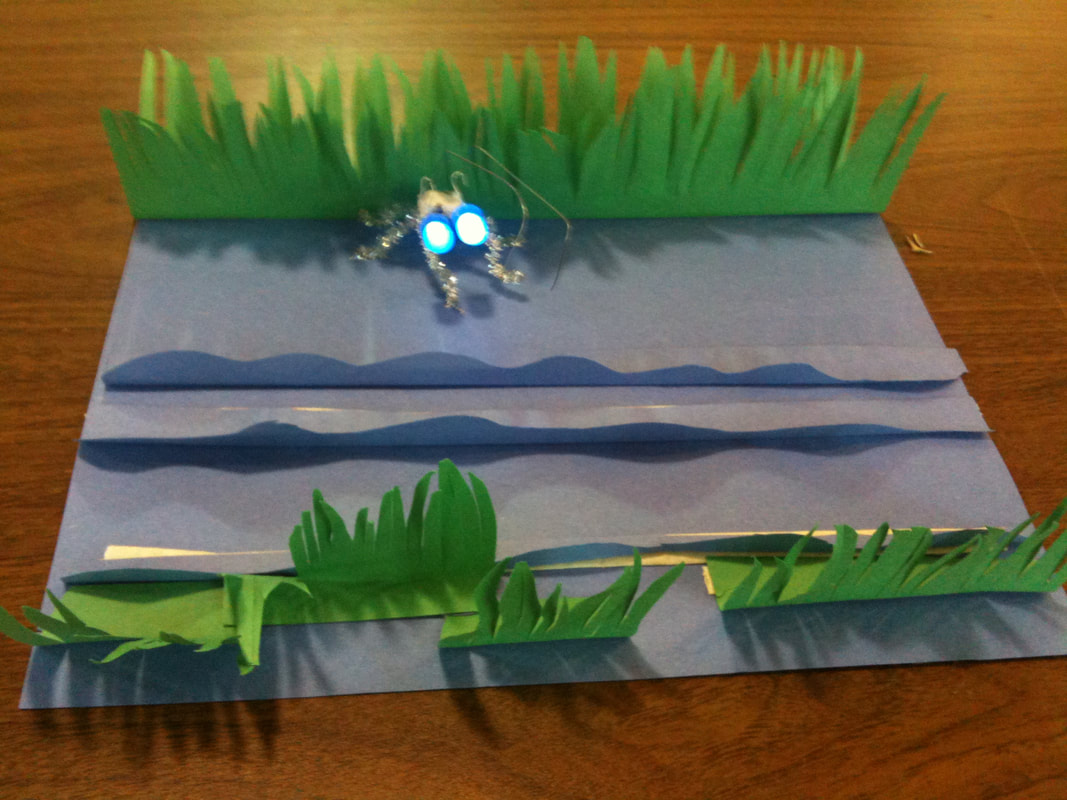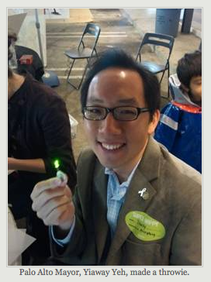Simon Fraser University
PORTFOLIO of SELECTED WORKS (11-12 minutes)
I have selected the first four for the application,
but feel free to explore the others and student works below. Thank you.
1. SleepWalks: Body of Dreams–Excerpts (2016) (3 min.)
|
|
|
|
|
|
|
4. Architectural Body (2015)
|
Not meant for listening to in headphones. These field recordings were created for listening from a rooftop in an outdoor 360 degree world of tall mountains, cows wearing bells, highway, low-flying planes, the rumble of an underground subway, two empty oil drums on wooden pallets, and the resonance of 50-something audience members' heart cavities.
|
|
|
5. OPTIMO! (2009) first iteration at California College of the Arts and then a better version in (2010) at Mills College in Oakland, CA (but the Mills' video camera was overbooked, and it did not show up when the computer music faculty members were all shaking their hips to the work's wonderful polyrhythms!)
|
|
|
6. Displaced Love Calls (2010) at Mills College in Oakland, CA
|
|
|
7. Oceanic (2007) at SolarOne, NYC
|
STUDENT WORK (5-8 minutes)
|
Water-witching Instruction Piece, 2017 A. Bartol 3 min willow branch, copper L-rods, and drain plug on chain
|
1. Mobile Storytelling Workshop at Santa Fe Art Institute (2017)
|
|
|
2. Mobile Storytelling Workshop in Deep Listening: Creative Collaboration Class at RPI (co-instructor with Professor Stephanie Loveless) (Spring 2017)
|
|
|

